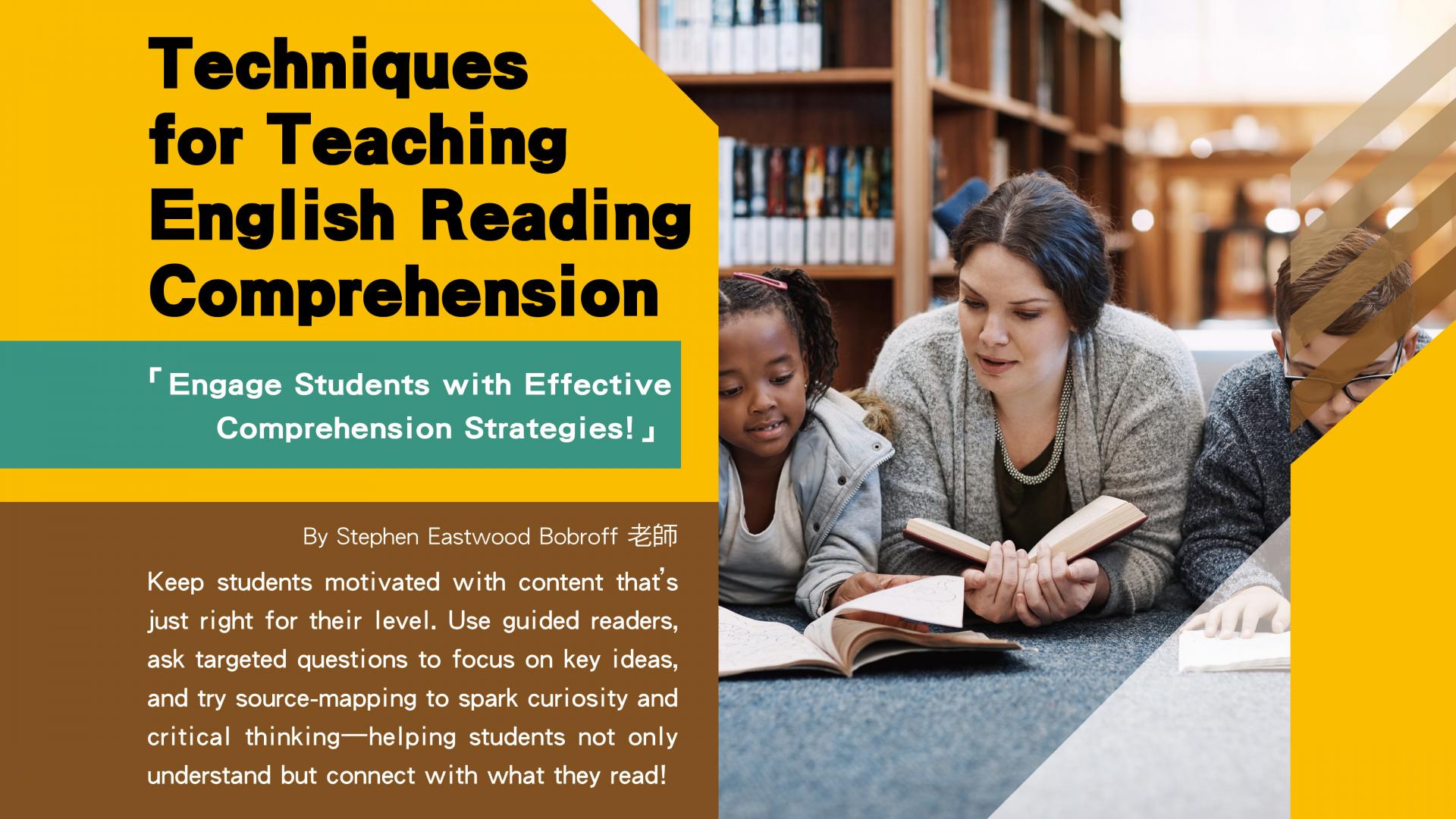
Few things will demotivate language learners more than being assigned learning material that is too difficult or that is misaligned with their situations. Even upper-intermediate and low-advanced learners will have difficulty with news articles that are written for native-speaking readers with multiple examples of new vocabulary and idiomatic expressions. Such students might be able to add a few words and phrases to their vocabulary, but will likely be left behind in their overall comprehension of a news article. Guided English readers are a valuable tool, but instructors still need to be careful in their choice of material. Don’t be afraid to choose lower level material so that students can delve into the meaning of the material in order to comprehend the author’s thinking, without getting slowed down by too much new vocabulary.
Also, it is especially important for English teachers to distinguish between an ESL and an EFL environment. ESL students, who are living in an English speech community, can handle more difficult material that is directed at a native-speaking audience. EFL students, on the other hand, who are living in their native-language speech community, will naturally be more challenged by new vocabulary and expressions, and they will also be less able to pick up cultural and social references that most authors use to engage their readers. When choosing textbooks, teachers should note whether the books are intended for use in ESL or in EFL classrooms.
Asking Grammar-focused Questions:
Instructors should not be afraid to interrogate their students about the main ideas and details of a piece of writing. In this effort, when you want to challenge a student to answer questions, try to follow the grammar that is used in the piece of writing as often as possible before opening it up into discussion. Let’s take the opening sentence of this paragraph as an example: “Instructors should not be afraid to interrogate their students about the main ideas and details of a piece of writing.” There are many ways teachers could elicit a response about this sentence, for example, “According to the author, what should instructors not be afraid to do?” or “Should instructors be afraid to interrogate their students?” Once the students have shown that they can scan for the answer and then read it out, the teacher can expand into a broader discussion using different and perhaps unpracticed grammar patterns, based on the students’ abilities to do so.
Source-mapping:
Source-mapping is an intellectually stimulating activity that allows students to imagine writers’ processes and to speculate on their way of thinking. It helps students remember that every piece of writing is composed by an author. Written works are a product of the author’s imagination, experience, and particular research, and an exercise in source-mapping can help distinguish between these. A weather report provides an example that is easy to explain. The first question to ask is, “How is this report being delivered to you, the reader? Is it in print or online?” A follow-up question set could be, “Where did this report come from? Is it from a government agency or a private news agency?” After this, students could be challenged with questions about where the actual information and data came from. Is it possible to check the information and data with another source, and further, if there are any reasons to doubt the information or data, perhaps in terms of how the author’s personal views may have shaped the presentation of the source material. It probably goes without saying that source-mapping might be most effective in upper-intermediate groups of students and above.
